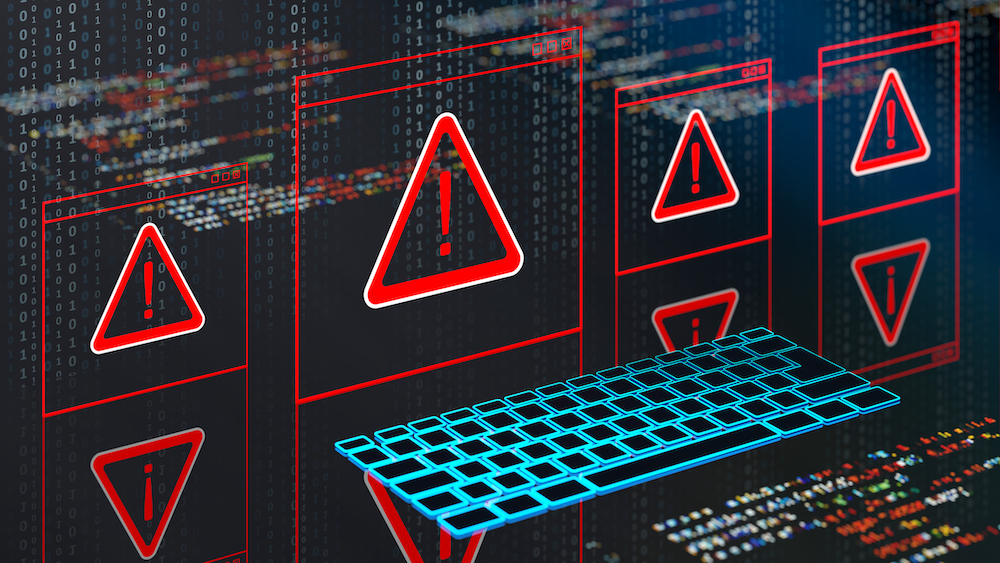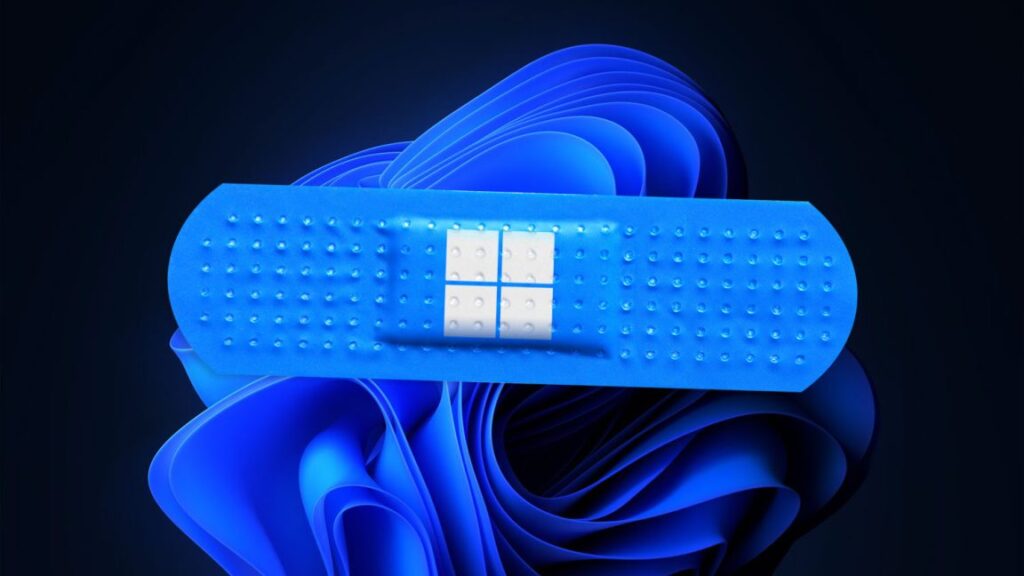Google improves Gemini AI image editing with “nano banana” model
Something unusual happened in the world of AI image editing recently. A new model, known as “nano banana,” started making the rounds with impressive abilities that landed it at the top of the LMArena leaderboard. Now, Google has revealed that nano banana is an innovation from Google DeepMind, and it’s being rolled out to the Gemini app today.
AI image editing allows you to modify images with a prompt rather than mucking around in Photoshop. Google first provided editing capabilities in Gemini earlier this year, and the model was more than competent out of the gate. But like all generative systems, the non-deterministic nature meant that elements of the image would often change in unpredictable ways. Google says nano banana (technically Gemini 2.5 Flash Image) has unrivaled consistency across edits—it can actually remember the details instead of rolling the dice every time you make a change.
Google says subjects will retain their appearance as you edit.
This unlocks several interesting uses for AI image editing. Google suggests uploading a photo of a person and changing their style or attire. For example, you can reimagine someone as a matador or a ’90s sitcom character. Because the nano banana model can maintain consistency through edits, the results should still look like the person in the original source image. This is also the case when you make multiple edits in a row. Google says that even down the line, the results should look like the original source material.
Google improves Gemini AI image editing with “nano banana” model Read More »



















